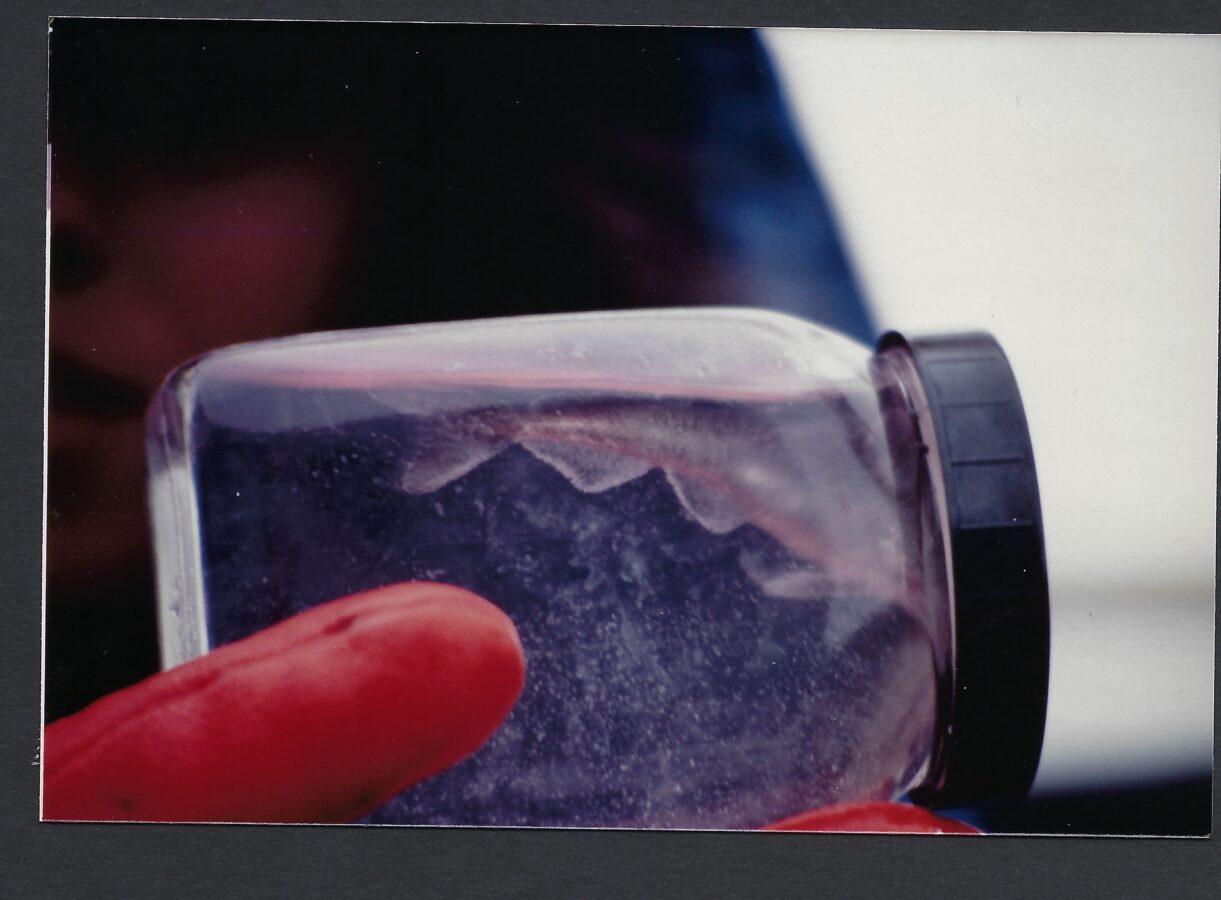For the first time, the Arctic Report Card assessed that the Arctic is faltering as a reliable area for storing carbon away from the atmosphere (Natalie et al., in Arc2024). It was its first failing grade after thousands of years holding onto more carbon than released to the atmosphere. As a scientist who has conducted research in the Arctic, this is truly alarming for me.
This report, issued by NOAA annually since 2006, was a much-anticipated event at the annual American Geophysical Union meeting because the implications matter far beyond the Arctic.
Grade F: First major “vital sign” shift in its report card
Different factors are at play in terms of whether the Arctic is a net sink or source of carbon. On one hand, warming temperatures increased vegetation in the region with increased uptake of carbon dioxide. However, unprecedented Arctic wildfires combined with soils thawing released even more carbon dioxide into the atmosphere. Methane releases were sustained as well.
The carbon cycle trend in the Arctic will be a closely watched “vital sign” for Earth’s climate going forward.
Is this report card for the Arctic, which includes boreal and tundra of northern permafrost regions, a temporary carbon cycle hiccup, or will this be a growing trend as a net carbon source region?
If the latter, the implications are profound because the Arctic holds an immense store of carbon that, if released, would set off a chain of cascading consequences, including significant global warming.
The implications of these changes are enormous for the Arctic ecosystem, the ways of life of communities living in the region, and for the many unique species that exist there. Moreover, changes in the Arctic have a huge impact on weather patterns north of the equator, including polar vortex disturbances, changes to ocean currents, and extreme heat domes. Shrinking Greenland ice sheet and mountain glaciers also contribute to accelerating sea level rise.
Meanwhile, the warming climate is leaving Arctic species with little choice but to adapt, but some are finding it harder than others.
Grade C: Coping or struggling to cope with Arctic change
A vivid scene reappeared from memory when I learned the findings of the annual Arctic Report Card. It’s from my time in the Arctic aboard the Oden. The Icebreaker suddenly blasted the horn on an unplanned stop that shuddered the entire ship as the sounds of water pumps that help roll the ship and engines shifting speed reverberated in the ears.
Biologists had spotted a tiny Arctic cod on top of the ice! We watched as the fish was retrieved for analysis amid plenty of evidence that a seal and a polar bear had been on that spot of sea ice not too long before we had arrived. Given the primary source of polar bear food— ice dependent seals —it likely was their favorite, ringed seal. Now we knew why the fish was on top of the ice and not in the frigid seawater below. These three are species in an Arctic ecosystem that used to be more tightly linked together.
But the Arctic report card assessed that ringed seals in the Pacific sector of the Arctic have adapted away from their former major food source—Arctic cod — to a new major food source—saffron cod (Quakenbush et al., in Arc2024). This is a cod species shift to warmer seawater from that particular cold seawater with floating sea-ice.
The surprise is that, despite plummeting sea ice, the ringed seal is currently coping with these changes. It’s a bright sign brought by collaborations among indigenous researchers and other scientists.
Yet there are more stark signs in the report card overall logging different marine and land species coping with regional changes that differ from the Arctic averages.

Case in point is the difference between coastal caribou herds that are coping with the wetter and warmer conditions and the inland migratory tundra caribou herds that are struggling to adapt (decreasing 65% over past two to three decades) (Gunn et al., in Arc2024). Rain on snow that often freezes can shield vital forage away from inland caribou herds. Roads associated with mines and railroads are also factors.
If these inland herds fail to adapt to these changes, the caribou’s future in these locations is uncertain. And so too are the ways of life of indigenous communities that are adapting given local traditional levels of reliance on the caribou for food and other essentials.
Grade A: Amplified warming in the Arctic, a dubious distinction
This year logged the eleventh year in a row when the Arctic warmed faster than the global average (Ballinger et al., in Arc2024)—quite a feat given the Earth’s global average temperature is on track to being the hottest on record.
This greater pace of warming has implications for the character and timing of snow cover. The 2023-2024 Arctic winter snow accumulation was above average over Eurasian and North American sectors with the Central and Eastern Canada region logging the shortest snow season in 26 years (Mudryk et al., in Arc2024).
Amplified warming in a region that has water locked in the form of ice on land for millennia has global significance for coastal communities worldwide. Mountain glacier and ice sheet contributions to global sea level rise has been a growing proportion with each passing decade.
Another bright spot this year amid the bad news was that the massive Greenland Ice Sheet had the lowest annual ice mass loss since 2013 (Poynar et al., in Arc2024).
No doubt about it. That F grade for failing to remain a region that stored more carbon than it released has got to grab the attention of anyone involved with international negotiations in line with the United Nations Framework Convention on Climate Change (UNFCCC). The urgency for reducing emissions is a serious Arctic warning.


